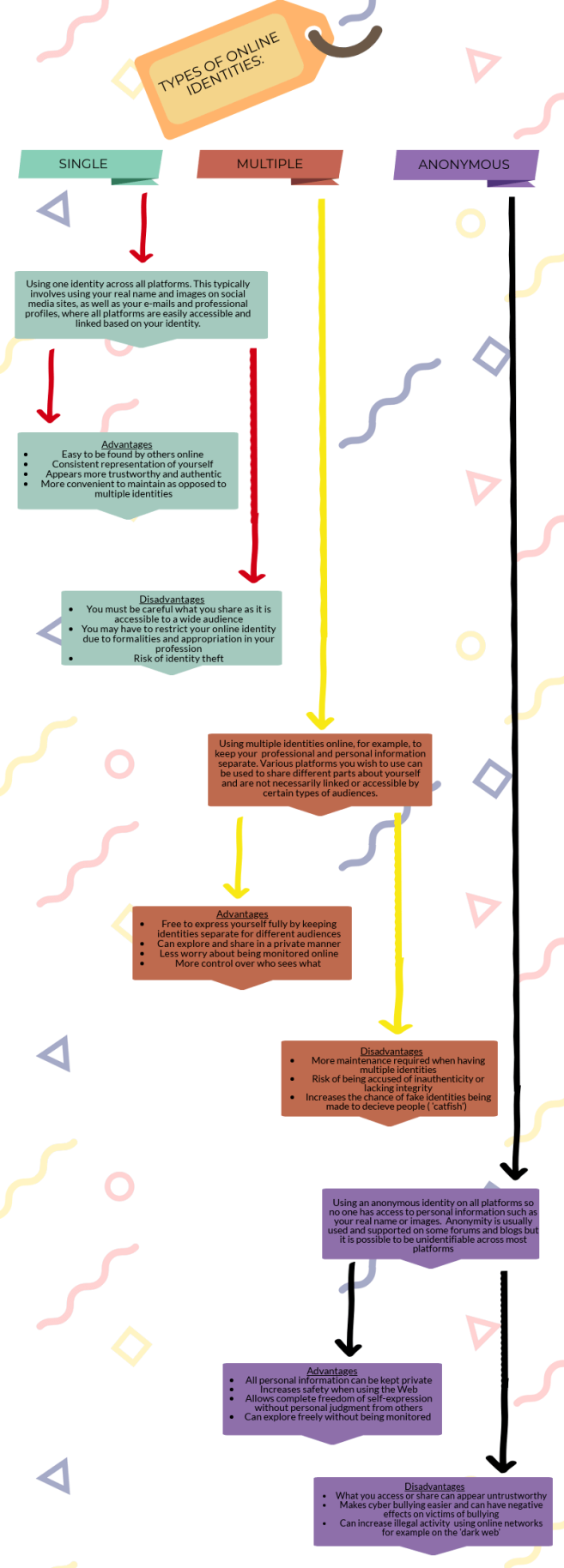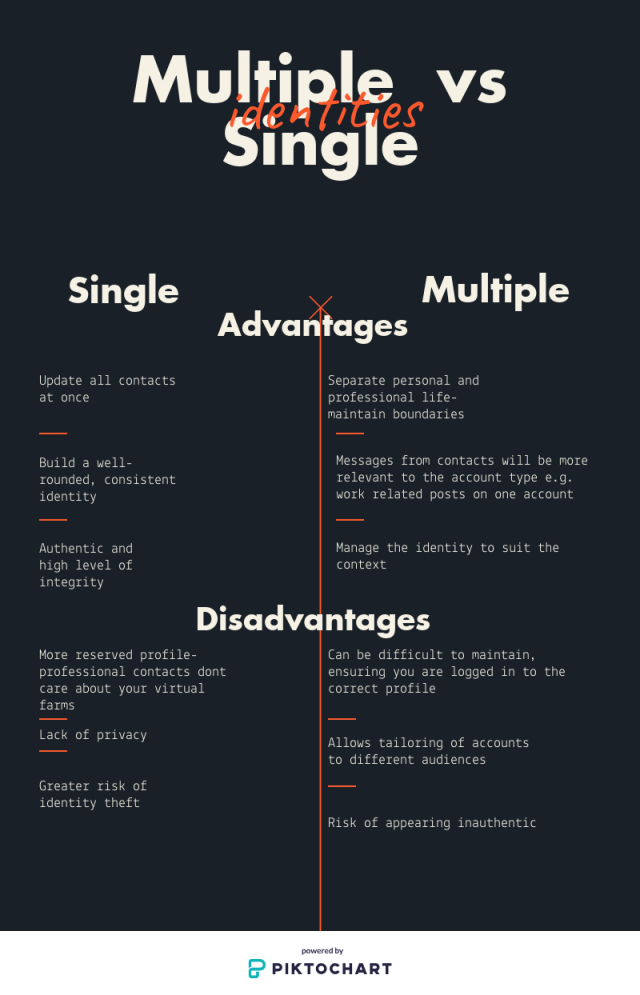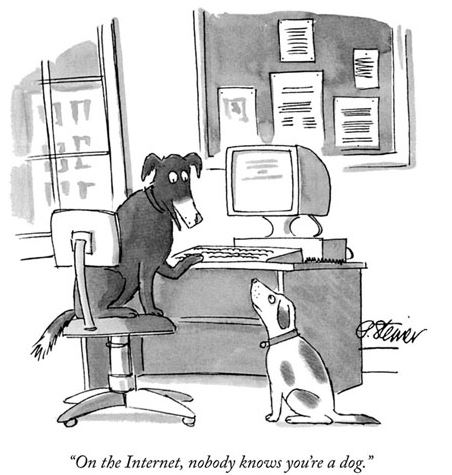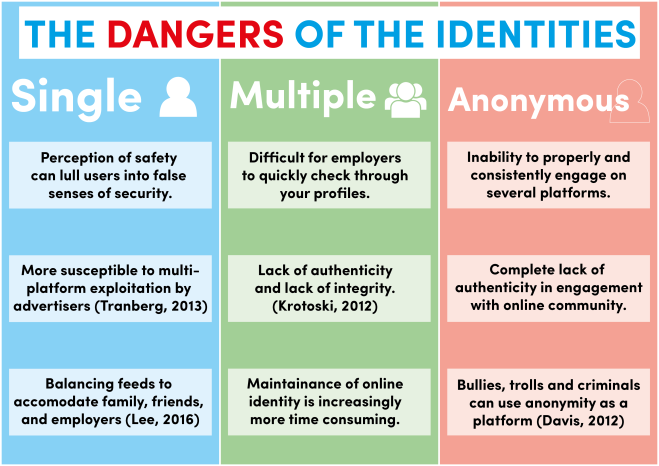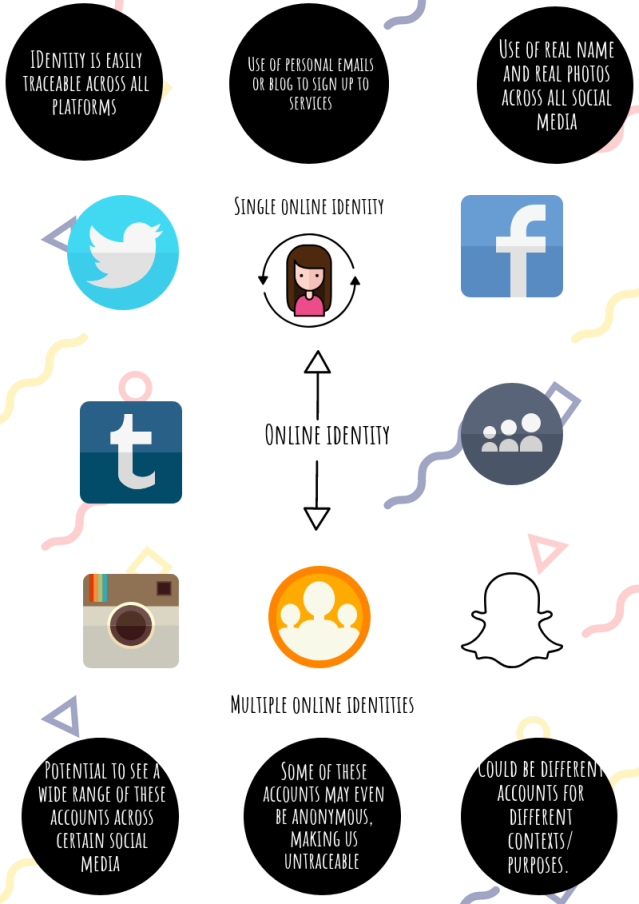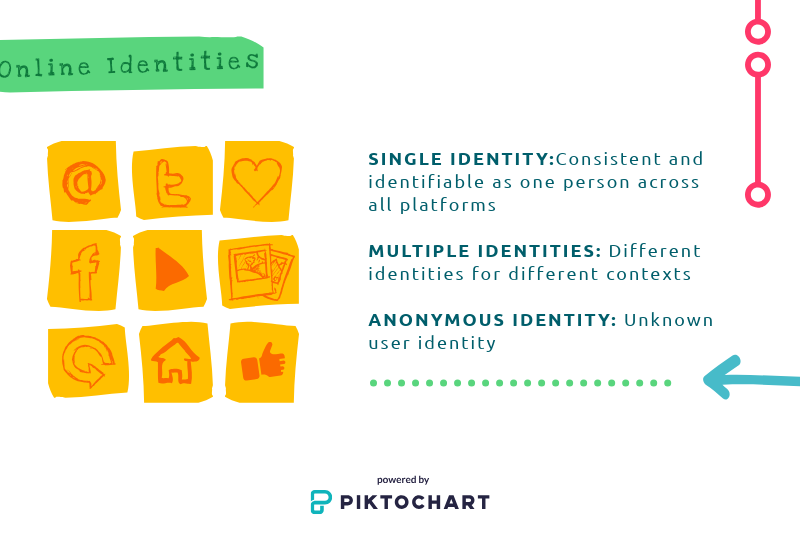
INDIVIDUALITY IS TRUE IDENTITY
WHICH IDENTITY SHOULD YOU HAVE?
Authenticity is considered a major basis for this decision, and even though single identity is more authentic, multiple identities are not completely inauthentic.
WHAT DOES IT MEAN TO BE AUTHENTIC?
Following the line of thought from the figure above is why single identities may not always be authentic. It also might be so as they are not able to encompass the veracity of an individual justifiably.
Continue reading →

